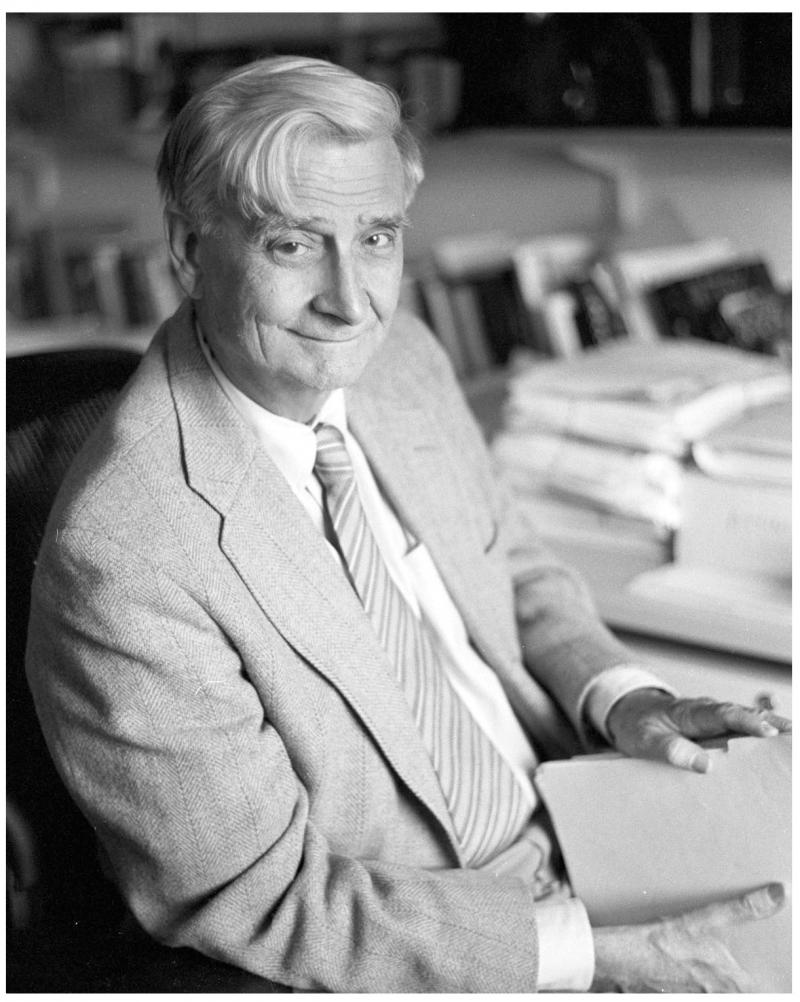As many of you ask me for most of the Louis Vuitton bag prices on our Instagram
- PM (29.0 x 21.0 x 12.0 cm (length x height x width )) [Price $1,310]
- MM (31.0 x 28.5 x 17.0 cm (length x height x width) ) [Price $1,390]
- GM (39.0 x 32.0 x 19.0 cm (length x height x width )) [Price $1,470]
The Louis Vuitton Neverfull materials are Monogram, Epi Leather, Damier Ebene and Azur Canvas.
The prices for Monogram, Canvas and Damier Ebene are the same but for the Epi Leather, LV Giant and Monogram Jungle it changes. In the table below you will find the prices for every LV Neverfull bag.
NEVERFULL MM MONOGRAM JUNGLE & Giant Price: ($1,750)
NEVERFULL MM EPI LEATHER DENIM Price: $2,260
NEVERFULL MM EPI LEATHER NOIR Price: $2,090




Jun 16, 2011 · I saw and read Louis Menand’s recent essay in The New Yorker, “Live and Learn: Why We Have College,” just in advance of my own daughter’s recent college graduation. Menand is pondering the present and future of American higher education at a time when, by some accounts, far too many students are enrolled in far too many programs for far too many (and some of the wrong) reasons.
Apr 13, 2014 · Louis Menand, a college professor and the author of “Live and Learn: Why We Have College,” explains the meaning of college through three theories that have been developed. Theory 1 supports the idea of the sorting-out process that separates the highly intelligent from the less intelligent. Menand’s second theory explains that college ...
New Yorker Writer Louis Menand to Deliver ‘Leading Voices ...
A contributor to The New Yorker since 1991, Menand wrote an article for the magazine in 2011 titled, “Live and Learn: Why we have college.” The article was based partly on a question asked of Menand early in his career by one of his students.Sep 06, 2016 · After reading the article “Live and Learn: Why We Have College” by Louis Menand, I realized that the American education system is very interesting. Its more of a mess, or even a strange live and learn why we have college louis menand mixture of different ideas that no one can seem to agree on, than it is interesting and Menand really does a great job of pointing that out.
Dec 06, 2016 · Menand wondered in his then new book, why it often can take 9 years for a humanities PhD to get their doctorate. He suggests part of the answer lies in the numbers: fewer opportunities and fewer university programs since 1970. Overtrained and underpaid.
Randall Stephens If you haven't already checked it out, have a look at Louis Menand's New Yorker essay, "Live live and learn why we have college louis menand and Learn: Why We Have College," June 6, 2011. The Pulitzer Prize-winning intellectual historian and Harvard professor considers the changing nature of college in recent years and the various ideals that have shaped higher ed.
Precis Essay - TaylorEdgecomb
Taylor Edgecomb. live and learn why we have college louis menand EH 124. Dr. Crystal Sands. December 28, 2011. Precis on “ Live and Learn: Why We Have College” Part 1, The Situation “Live and Learn,” written by Louis Menand, is an article that was published by The New Yorker on June 6, 2011. The New yorker has been around since 1925 when created by Harold Ross. The New yorker covers modern fiction surrounding topics of art, culture ... louis vuitton m53421Louis Menand’s Three Theories. by admin March 2, 2016, 2:54 pm 1.1k Views ...
Aug 08, 2014 · In an essay called “Live and Learn: Why We Have College,” Louis Menand reports that, soon after he started teaching at a public university, a student asked him, “Why did we have to read this ...
RECENT POSTS:
- coolest diaper bags 2018
- louis vuitton ring box
- cheap louis vuitton t shirts for women
- black friday deals nintendo switch 2020
- louis lunch boston
- used hunting backpacks for sale
- goyard saint louis tote price
- louis vuitton women's gold watch
- louis vuitton new neverfull 2019
- lv bike fest promo code
- louis vuitton pochette felicie epi leather
- locking zipper bank bags
- louis vuitton supreme belt serial number
- louis vuitton mens holdall bag